Starting to dance can feel overwhelming. With so many moves and styles, it’s easy to get stuck. You might worry about looking awkward or not keeping up. These fears can stop you from enjoying the joy of dance. But don’t let them hold you back!
Imagine feeling confident on the dance floor. Picture yourself moving smoothly and having fun. It’s all possible with the right steps. You just need a clear guide to help you get started and build your skills.
This blog shares easy steps to master dance basics. From simple moves to smooth transitions, you’ll learn everything you need to know. Whether you’re dancing at home or in a class, these tips will set you up for success. Let’s get moving and make your dance journey unforgettable!
Table of Contents
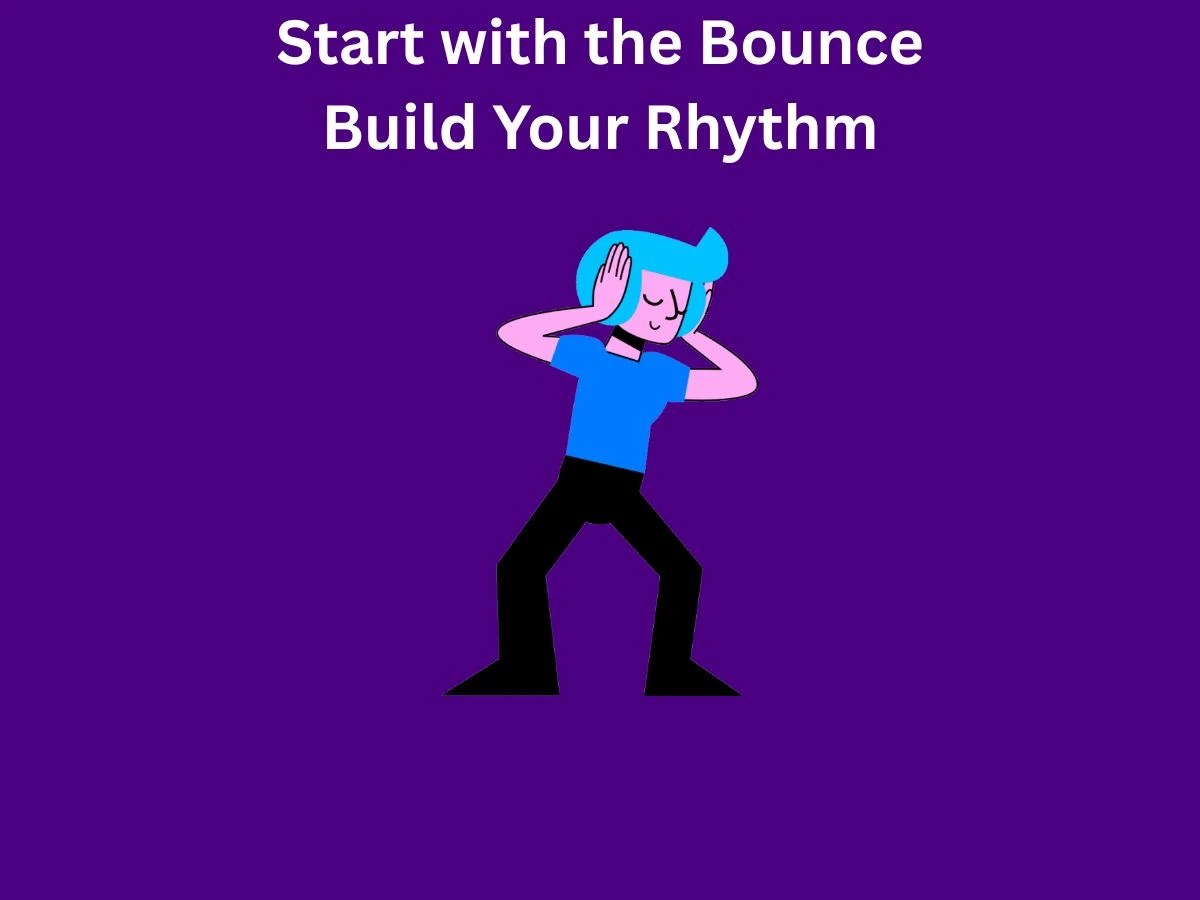
Start with the Bounce: Build Your Rhythm
The bounce is one of the most fundamental moves in dance. It’s all about feeling the beat and moving your body in sync with the music. To start, bend your knees slightly and let your body bounce up and down. Keep it smooth and relaxed, letting the rhythm guide your movements. This simple move helps you connect with the music and sets the foundation for more complex steps.
Once you’ve mastered the basic bounce, try adding your arms. Let them move naturally with your body, creating a more dynamic look. The bounce is versatile and can be used in many dance styles, from hip-hop to house. It’s a great way to warm up and get comfortable on the dance floor. Practice bouncing to different tempos to improve your rhythm and timing.
The bounce is also a great way to build confidence. It’s easy to learn and helps you feel more in tune with the music. Whether you’re dancing alone or with others, the bounce is a move that keeps you grounded and connected. It’s the perfect starting point for any beginner looking to build their dance skills.
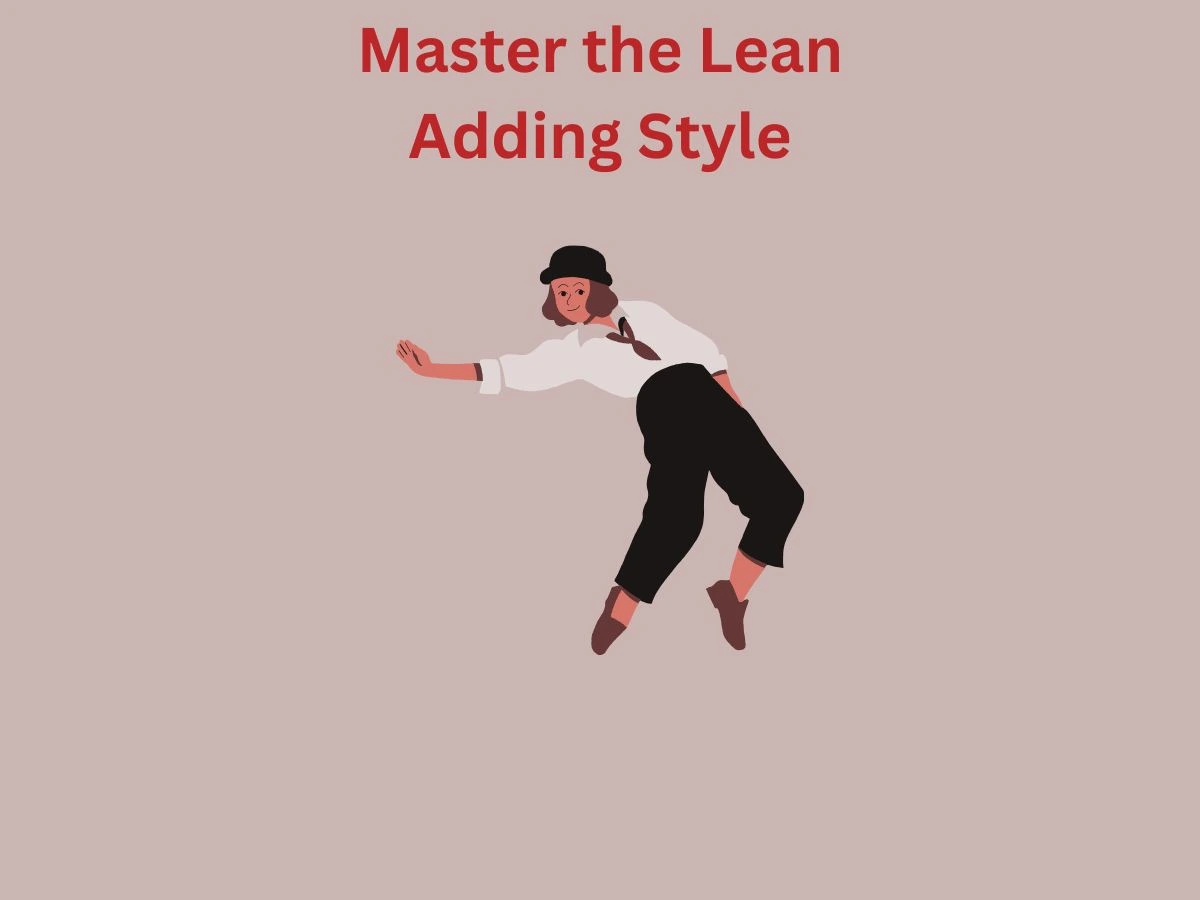
Master the Lean: Add Style to Your Moves
The lean is a stylish move that adds flair to your dance routine. It involves shifting your weight from one side to the other while keeping your upper body aligned. Start by standing tall and then lean to one side, keeping your core engaged. This move creates a sleek, controlled look that can be used in many dance styles.
Once you’ve got the basic lean down, try adding arm movements. Extend your arms out to the side or bring them up for a more dramatic effect. The lean is all about control and precision, so take your time to get it right. It’s a move that can be combined with other steps to create interesting combinations.
The lean is also a great way to improve your balance and posture. It requires focus and stability, making it a useful exercise for dancers of all levels. Whether you’re performing on stage or just dancing for fun, the lean adds a touch of sophistication to your moves. It’s a simple yet effective way to elevate your dance game.
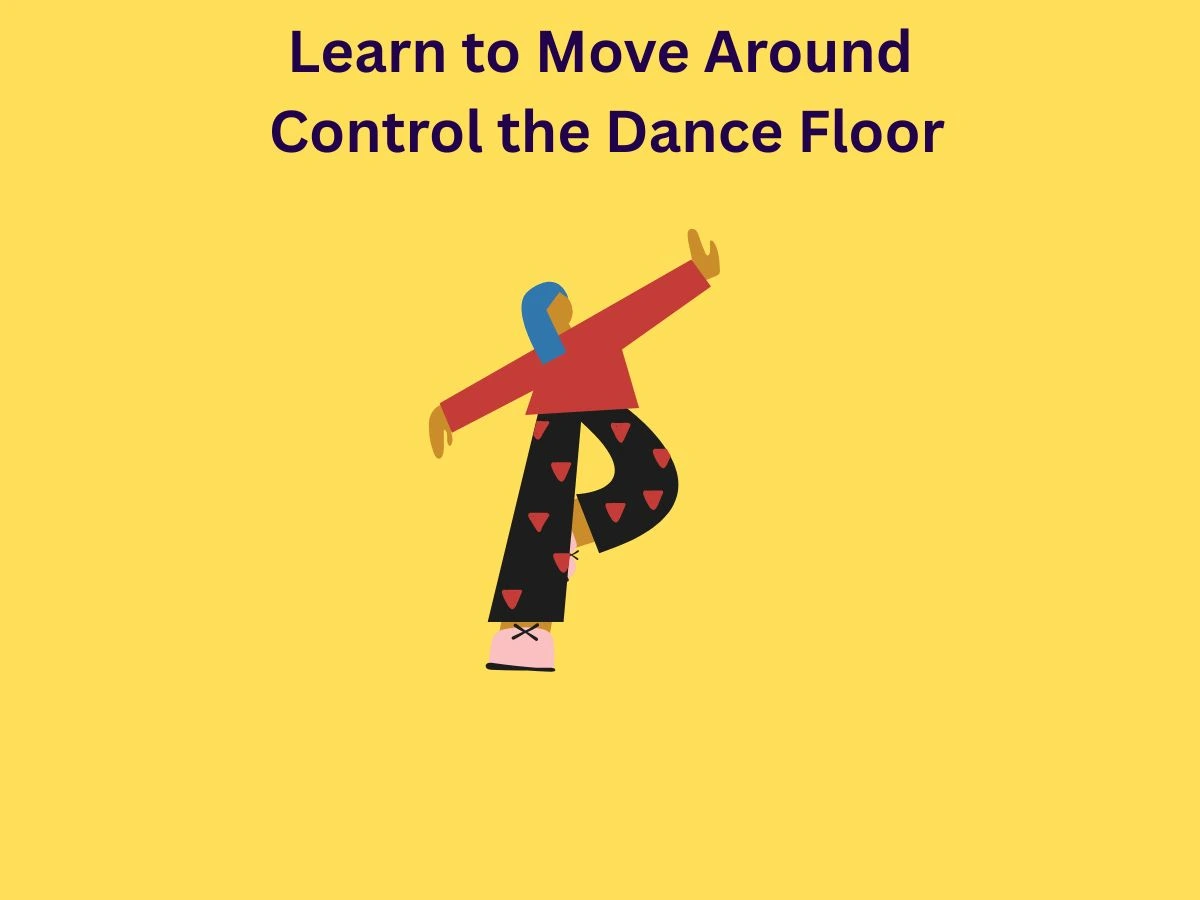
Learn to Move Around: Control the Dance Floor
Moving around the dance floor is essential for any dancer. It’s about controlling your space and transitioning smoothly between steps. Start by practicing small steps forward and backward, keeping your movements light and fluid. This helps you get comfortable with shifting your weight and changing directions.
Once you’re confident with basic movements, try adding turns and spins. These add variety and make your dance more dynamic. Focus on keeping your balance and staying in control as you move. Moving around the dance floor is all about confidence and precision, so practice regularly to improve your skills.
Mastering movement also helps you connect with your partner or group. It allows you to flow seamlessly with others, creating a cohesive performance. Whether you’re dancing in a class or at a social event, controlling the dance floor makes you a more confident and versatile dancer. It’s a key skill that takes your dancing to the next level.
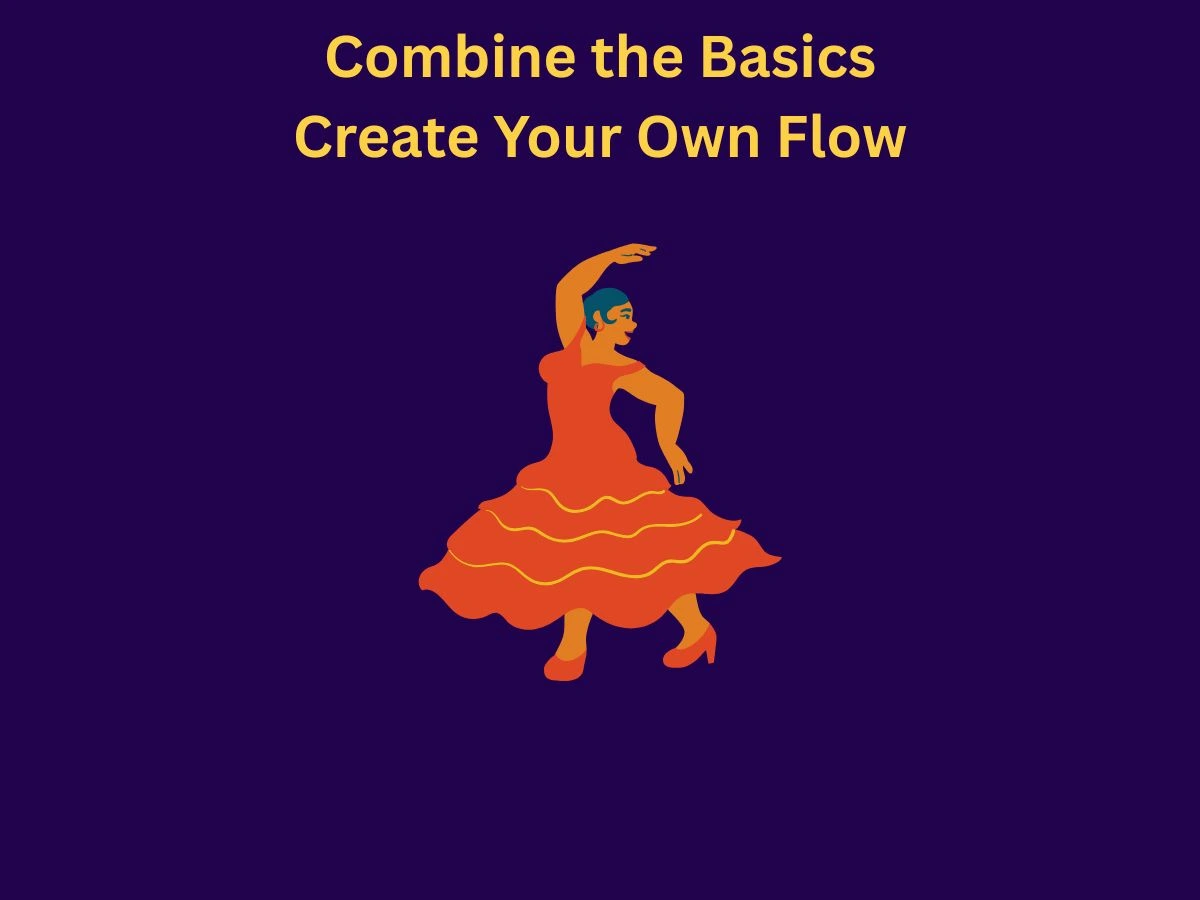
Combine the Basics: Create Your Own Flow
Once you’ve mastered the foundational steps, it’s time to combine them to create your own unique dance flow. Start by linking simple moves like the bounce, lean, and basic steps. Experiment with different sequences to see what feels natural. The key is to keep your movements smooth and connected, letting the music guide you. This approach helps you build confidence and develop your personal style.
Adding transitions between steps can make your dance more dynamic. For example, try moving from a bounce into a lean, or from a basic step into a turn. These small changes add variety and keep your routine interesting. Don’t be afraid to improvise and try new combinations. The more you practice, the more comfortable you’ll become with creating your own flow.
Creating your own flow is also a great way to express yourself. It allows you to showcase your personality and creativity through movement. Whether you’re dancing alone or with others, combining the basics helps you stand out and enjoy the process. It’s all about having fun and letting the music inspire you.
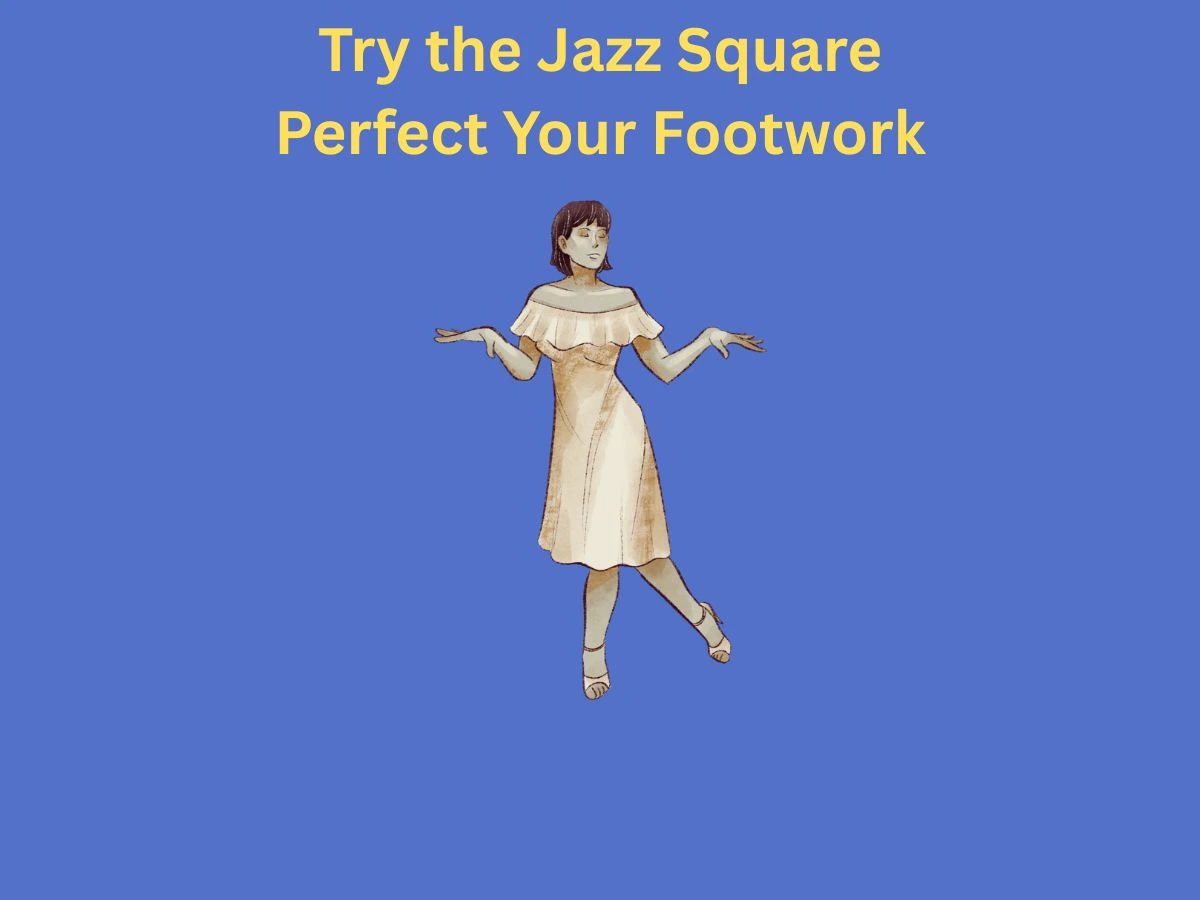
Try the Jazz Square: Perfect Your Footwork
The jazz square is a classic move that’s perfect for improving your footwork. It involves stepping forward, crossing over, stepping back, and side-stepping to create a square pattern. This move helps you develop coordination and rhythm, making it a great addition to any dance routine. Start by practicing the steps slowly, focusing on precision and control.
Once you’re comfortable with the basic steps, try adding arm movements to enhance the move. Bring your arms in with elbows up, then drop them to your sides, push them up in the air, and open them to the sides. This combination of footwork and arm movements adds flair and makes the jazz square more dynamic. It’s a versatile move that can be used in many dance styles.
Mastering the jazz square also helps you build confidence on the dance floor. It’s a foundational step that can be adapted to suit your personal style. Whether you’re dancing in a class or at a social event, the jazz square is a move that’s both fun and functional. It’s a great way to improve your skills and add variety to your dance routine.
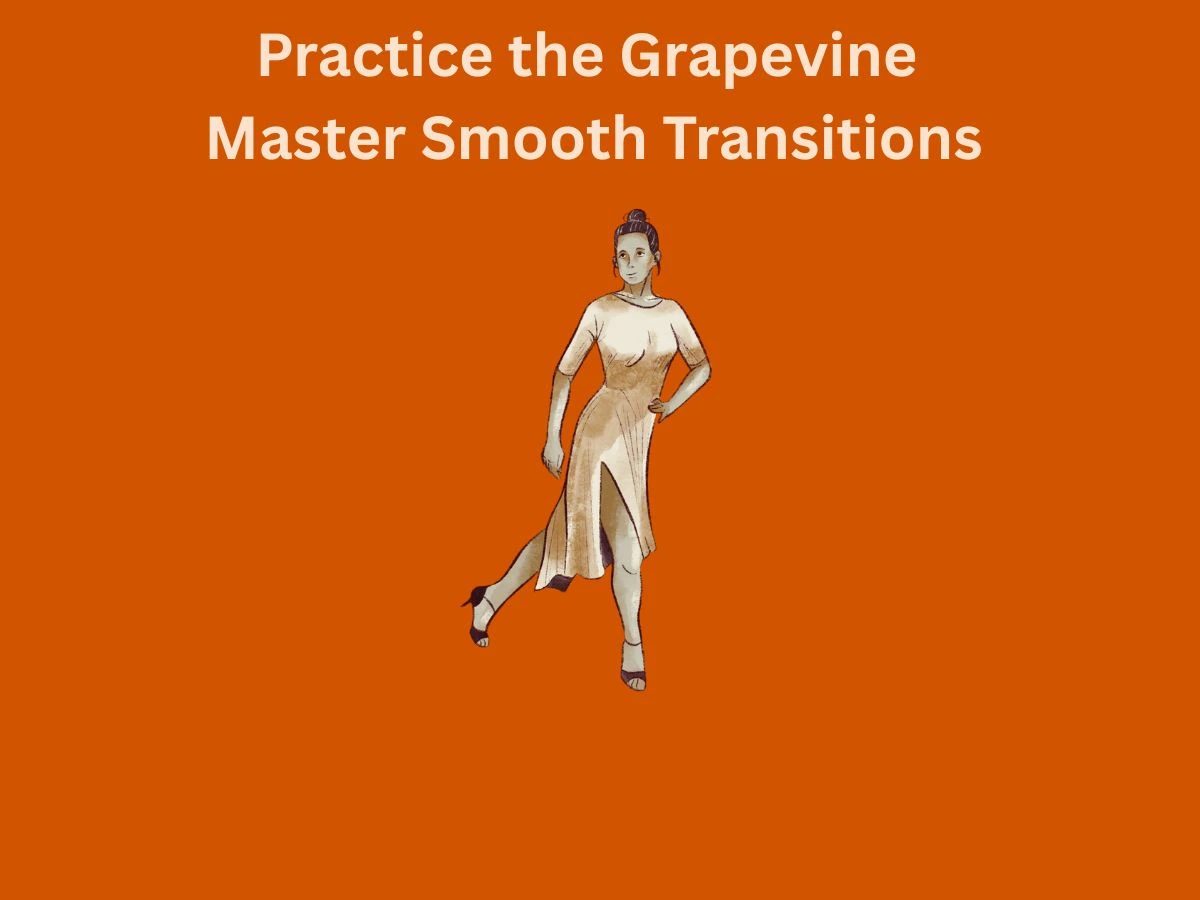
Practice the Grapevine: Master Smooth Transitions
The grapevine is a versatile move that’s perfect for mastering smooth transitions. It involves stepping to the side, crossing behind, stepping to the side again, and tapping your foot. This move is great for improving your coordination and adding variety to your dance routine. Start by practicing the steps slowly, focusing on keeping your movements fluid and controlled.
Once you’re comfortable with the basic steps, try adding your own groove to the move. Experiment with different arm movements and body positions to make the grapevine your own. This move is all about flow and rhythm, so let the music guide you. The grapevine is a great way to transition between other steps and keep your dance routine dynamic.
Practicing the grapevine also helps you build confidence on the dance floor. It’s a move that’s used in many dance styles, from line dancing to hip-hop. Whether you’re dancing in a class or at a social event, the grapevine is a move that’s both fun and functional. It’s a great way to improve your skills and add variety to your dance routine.
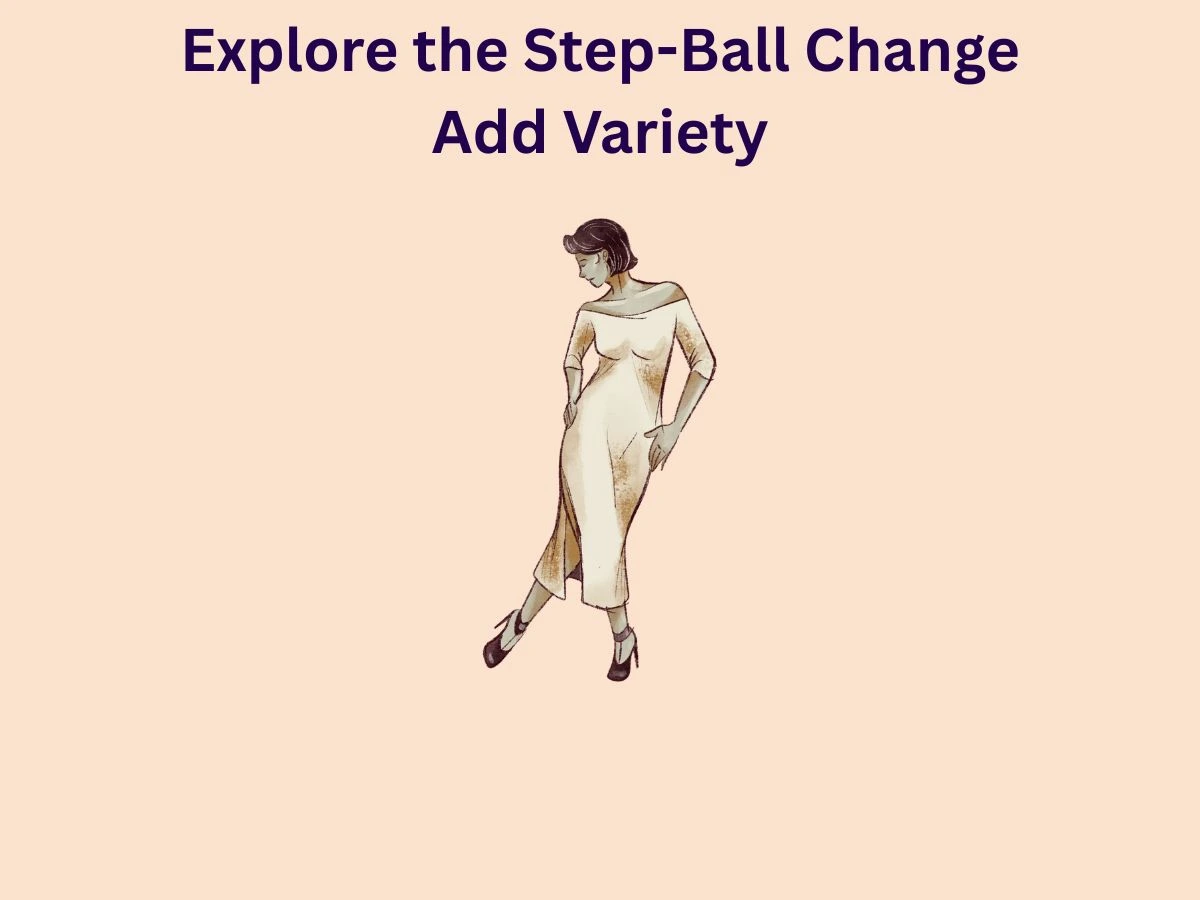
Explore the Step-Ball-Change: Add Variety
The step-ball-change is a versatile move that adds rhythm and variety to your dance routine. It’s simple to learn and can be used in many dance styles, from jazz to hip-hop. To start, step on one foot, shift your weight to the ball of the other foot, and then quickly change back to the first foot. This move is great for transitioning between steps or adding a quick burst of energy to your dance.
Once you’ve mastered the basic step-ball-change, try adding your own style. Experiment with different arm movements or foot placements to make the move your own. You can also speed it up or slow it down to match the tempo of the music. The step-ball-change is a great way to keep your dance routine dynamic and interesting.
Practicing the step-ball-change also helps improve your coordination and rhythm. It’s a move that requires quick weight shifts and precise footwork, making it a useful exercise for dancers of all levels. Whether you’re dancing in a class or at a social event, the step-ball-change is a fun and functional move that adds variety to your dance.
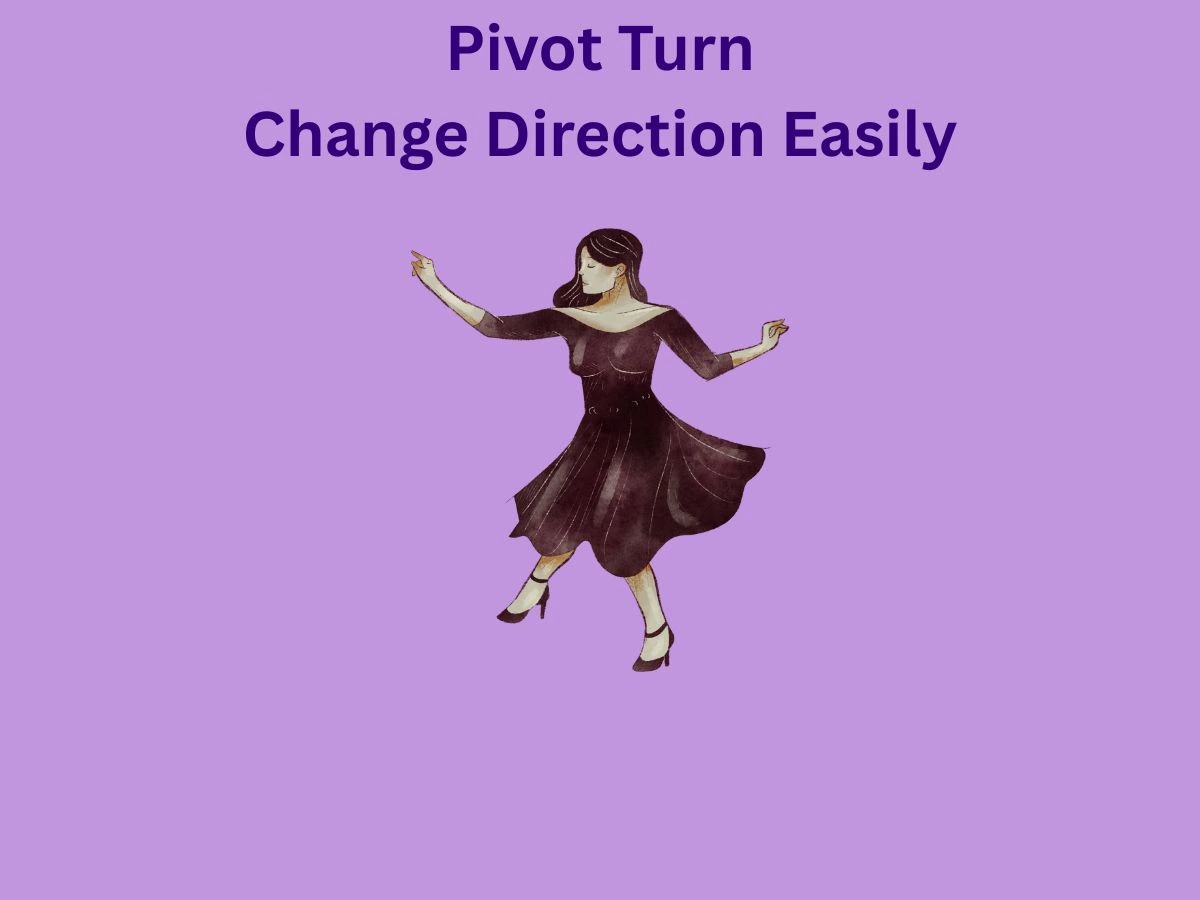
Add the Pivot Turn: Change Direction with Ease
The pivot turn is a smooth and stylish move that helps you change direction effortlessly. Start by stepping forward with one foot and then pivot on the balls of your feet to turn 180 degrees. Keep your movements controlled and precise to maintain balance. The pivot turn is a great way to add flair to your dance routine and transition smoothly between steps.
Once you’re comfortable with the basic pivot turn, try adding arm movements to enhance the move. Extend your arms out to the side or bring them up for a more dramatic effect. The pivot turn is all about control and precision, so take your time to get it right. It’s a move that can be combined with other steps to create interesting combinations.
The pivot turn is also a great way to improve your balance and posture. It requires focus and stability, making it a useful exercise for dancers of all levels. Whether you’re performing on stage or just dancing for fun, the pivot turn adds a touch of sophistication to your moves. It’s a simple yet effective way to elevate your dance game.
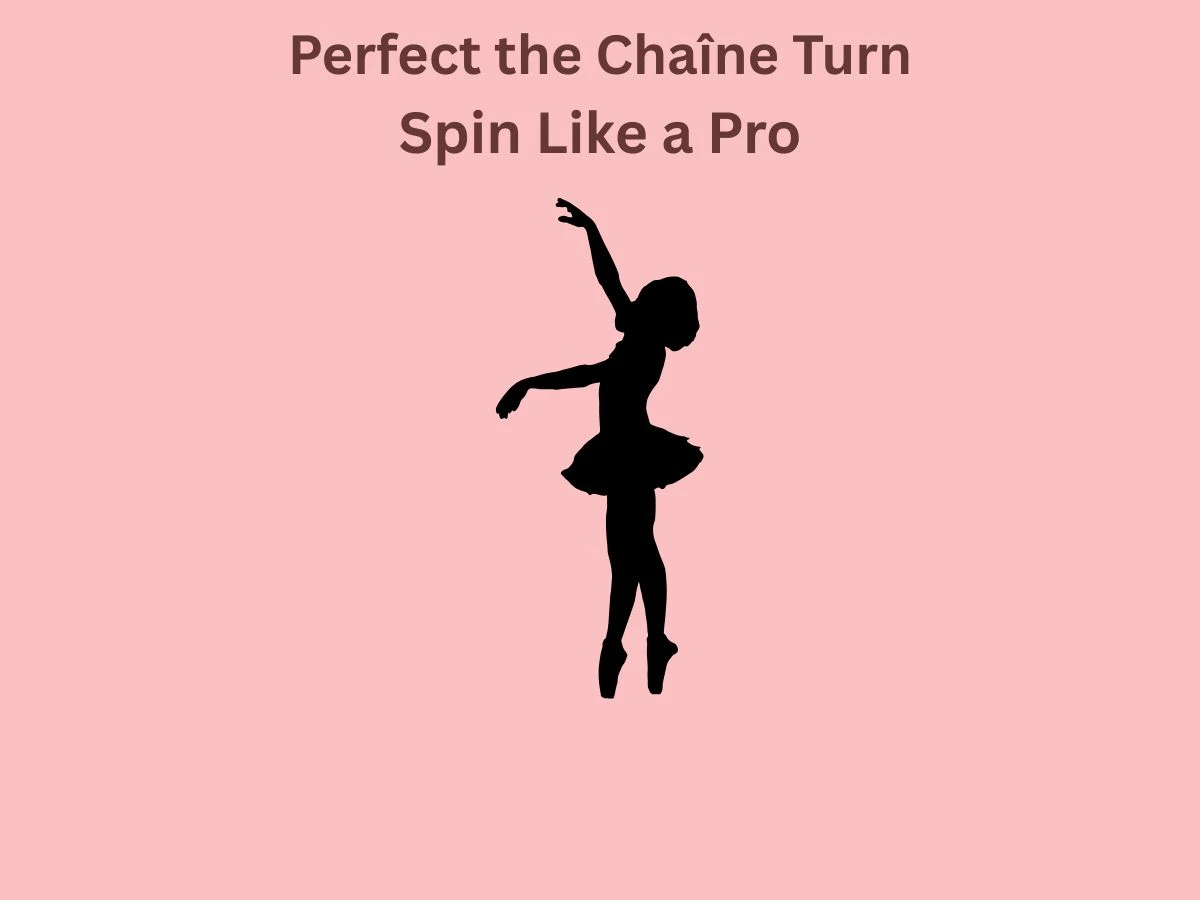
Perfect the Chaîne Turn: Spin Like a Pro
The chaîne turn is a classic move that adds elegance and fluidity to your dance routine. It involves a series of quick, connected turns that create a “chain” of movement. Start by standing in first position and pivot on the balls of your feet to turn 180 degrees. Keep your movements smooth and controlled to maintain balance and flow.
Once you’ve mastered the basic chaîne turn, try adding arm movements to enhance the move. Extend your arms out to the side or bring them in for a more dramatic effect. The chaîne turn is all about control and precision, so take your time to get it right. It’s a move that can be combined with other steps to create interesting combinations.
The chaîne turn is also a great way to improve your balance and coordination. It requires focus and stability, making it a useful exercise for dancers of all levels. Whether you’re performing on stage or just dancing for fun, the chaîne turn adds a touch of elegance to your moves. It’s a simple yet effective way to elevate your dance game.
Conclusion: Dance Your Way to Success!
Now you’re ready to hit the dance floor with confidence! Remember, practice makes perfect, so keep working on these basic moves. Mix them up, add your own flair, and most importantly, have fun! Dancing is about expressing yourself, so don’t be afraid to let your personality shine through. If you need more tips or have questions, feel free to email me at info@nandismedia.com. Now go out there and show the world your moves!
FAQs
How often should I practice these dance moves?
Try to practice a little bit every day, even if it’s just for 15 minutes.
Do I need special shoes for dancing?
Comfortable shoes with smooth soles are best for most dance styles.
Can I learn these moves without a partner?
Yes, all of these moves can be practiced solo.
How long does it take to master these basic moves?
It varies, but with regular practice, you can see improvement in a few weeks.
What if I feel self-conscious while dancing?
Focus on enjoying the music and your movements, not on what others might think.
Can I combine different dance styles?
Absolutely! Mixing styles can create unique and interesting routines.
What’s the best music to practice these moves to?
Choose music with a clear beat that you enjoy dancing to.
How can I improve my rhythm?
Listen to music often and practice moving to the beat, even when not dancing.
Is it normal to feel uncoordinated at first?
Yes, coordination improves with practice. Don’t get discouraged!
How can I find local dance classes to learn more?
Check community centres, dance studios, or online platforms for classes near you.